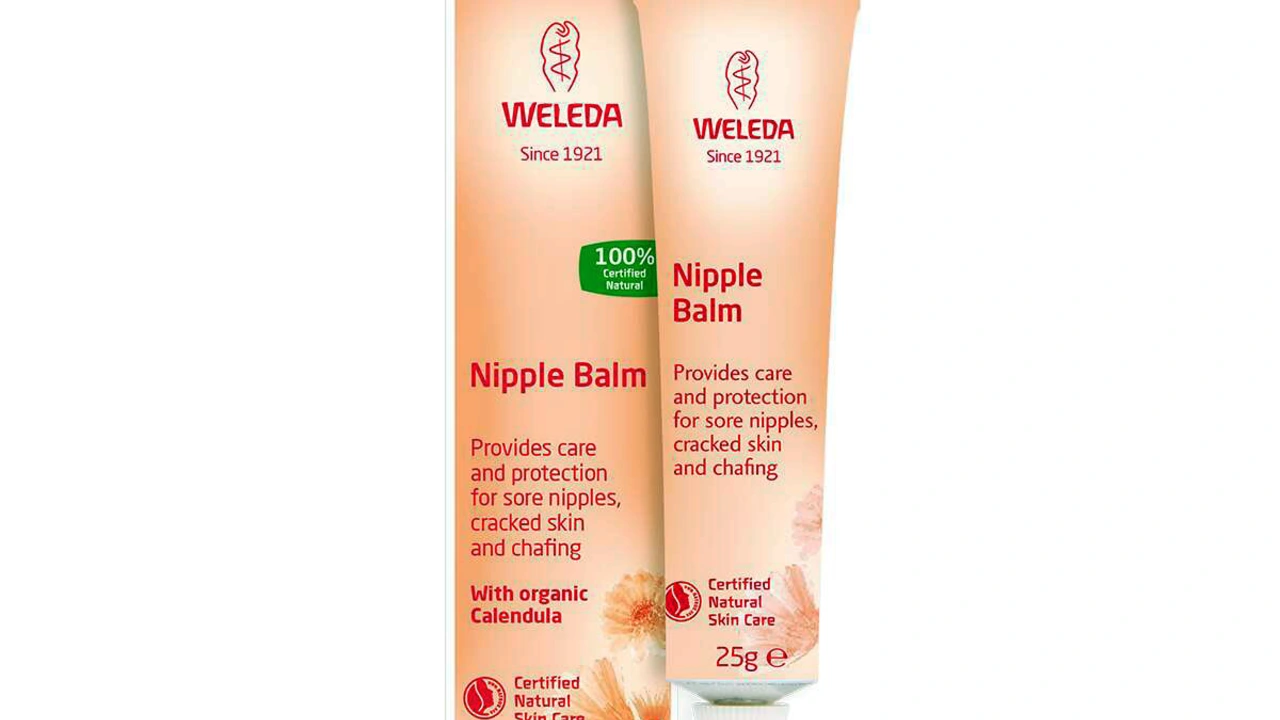Skin Care Essentials You Can Use Today
Looking for a simple plan to keep your skin clear and healthy? You don't need a dozen products or fancy routines. Start with the basics: clean, hydrate, protect. These three steps cover most of what your skin asks for.
Cleaning – the foundation
Pick a gentle cleanser that matches your skin type. If you have oily or acne‑prone skin, a foaming wash with salicylic acid works well. For dry or sensitive skin, a cream‑based cleanser keeps the barrier intact. Wash twice a day – morning and night – and avoid hot water; lukewarm is best.
Moisturizing – lock in the good stuff
Even oily skin needs a lightweight moisturizer. Look for non‑comedogenic formulas with ceramides or hyaluronic acid. Apply while the skin is still damp to seal in moisture. If you’re dealing with eczema or very dry patches, a richer cream with dimethicone can calm irritation.
Now, let’s talk about two common skin issues that often show up on this tag page: acne and bacterial skin infections.
Acne control with benzoyl peroxide
Benzoyl peroxide is a go‑to ingredient for many acne sufferers. It works by killing the bacteria that cause breakouts and by helping skin shed dead cells. The 2025 guide on Benzoyl Peroxide (UK) breaks it down into three steps: start with a low concentration (2.5‑5%), apply a thin layer to clean skin, and keep using it for at least four weeks before judging results. Most people notice a calm skin surface after a week, and full results can show up in three to six weeks. If you feel dryness, add a soothing moisturizer or use the peroxide every other day until your skin gets used to it.
When skin infections need antibiotics
Not all skin problems are acne. Bacterial infections like impetigo or cellulitis need medical attention. The article on Trimethoprim for Skin Infections explains that trimethoprim targets certain bacteria and can be a good option when doctors prescribe it. Common side effects are mild – a bit of stomach upset or rash. If you notice worsening redness, swelling, or fever, call your doctor right away. Always complete the full prescription, even if the spot looks better early on.
Beyond treating problems, protect your skin every day. Sunscreen is a must, even on cloudy days. Choose broad‑spectrum SPF 30 or higher and reapply after swimming or sweating. Wear hats and sunglasses for extra shade.
Finally, remember that diet, sleep, and stress play a role. Drinking enough water, getting 7‑8 hours of sleep, and managing stress with short walks or breathing exercises can improve skin tone over time.
Stick to these straightforward steps, adjust as your skin changes, and you’ll see a smoother, healthier complexion without the hype. Happy caring!

